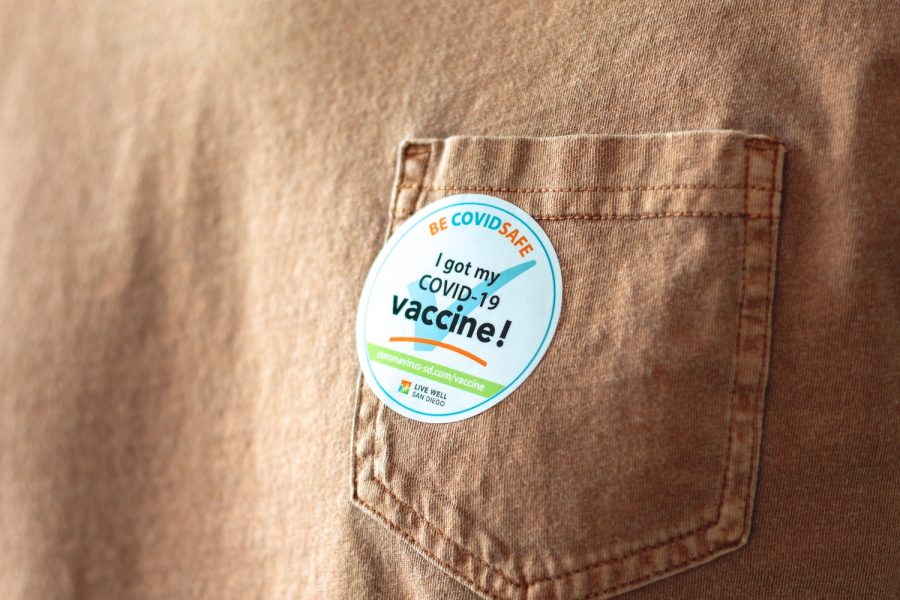Vaccine Equity on a Global Scale
Many Americans are aware of the vaccine inequality between privileged population and minority communities in the United States, but what about the inequality that persists on a global scale?
The skewed distribution of the Coronavirus vaccine continues to grow, as high income countries vaccinate their less at-risk citizens at the expense of more vulnerable citizens of low income countries.
As of May 15th, 2021, nearly 50 percent of the entire population of the United States has received at least one dose of a Coronavirus vaccine. Less than 10 percent of the entire world’s population can say the same. Based on the information from Our World In Data, a nonprofit organization, high income countries have vaccinated more than 30 percent of their population while low income countries have accounted for less than 1 percent of their population.
Ever since the vaccine rollout began, there was concern amongst the World Health Organization (WHO) that vaccinations would be delayed in the world’s poorest countries because of financial constraints. After all, during the HIV epidemic, many low resource countries were unable to provide lifesaving antiretroviral therapies due to sky high prices. This precedent made the WHO believe that leaving the distribution of the Covid-19 vaccine solely to the companies that produce vaccinations would be catastrophic.
To address this issue, the WHO and its global health partners joined to establish the Access to Covid-19 Tools (ACT) Accelerator in late 2020. This included Covax, a vaccine sharing initiative which was established to ensure an equitable distribution of vaccines, diagnostics and therapeutics for COVID-19. It aimed to begin the vaccination process in all the countries that are members of the WHO by the one hundredth day of 2021, with the expectation of delivering at least 100 million doses to all of the Covax countries.
April 10th, 2021, an otherwise unremarkable day, was significant for Covax as it was the one hundredth day of the new year. More than 1,500 companies who signed the #VaccineEquity Declaration were able to ship over 43 million Covax doses to more than 143 countries around the world. However, by then, nearly half a billion doses had been distributed worldwide, of which just the United States and the United Kingdom received more than 240 million doses. The percentage of Covax doses comprised less than 10% of the total, covering barely 0.5 percent of the combined population of more than four billion in the Covax countries. This means that most of the vaccine doses were given to high and upper-middle-income countries, in quantities which were sufficient for vaccinating their most vulnerable and frontline workers. The amount distributed to low income countries, on the other hand, was indisputably insufficient. According to The New England Journal of Medicine, experts predict that nearly 80 percent of the population of these countries will not receive even a single dose of the vaccine this year.
This outcome is caused by vaccine nationalism; high income countries are buying up the vaccines through bilateral agreements made directly with the vaccine manufacturers. Vaccine manufacturers are selling their doses to the highest bidders at prices which would pose economical constraints on poorer countries but that are affordable for their wealthy peer countries. These high income countries are rushing to vaccinate their entire populations, while poorer countries must scramble for their leftovers. Only a few companies, such as AstraZeneca and Johnson & Johnson, have shared licensing agreements with other companies, enabling other companies to produce their technologies with a small fee. Companies like Pfizer and Moderna, on the other hand, reaped nearly 3.5 billion dollars as profits within the first three months of commencing distribution. While these companies claim not to have profited from vaccine sales, data from the WHO regarding the Coronavirus pandemic show that the effect of their help to poor countries was minimal.
Vaccine nationalism is a threat for all citizens of the world. If there is even a single place left vulnerable in the world, there is a big chance that the virus might eventually produce a variant that overcomes current vaccines’ defenses, putting us back to square one. While transmission continues, it is entirely possible that new variants that are increasingly resistant to the virus will emerge. We have already seen variants appear in the United Kingdom, Brazil and South Africa, but while they are still manageable by the current vaccine technology, there is no saying that a more vaccine-resistant mutation will not emerge. As long as COVID-19 continues to circulate through the world, it will disrupt trade and travel, slow economic recovery, and prolong the strain on healthcare systems.
“The world is on the brink of a catastrophic moral failure – and the price of this failure will be paid with lives and livelihoods in the world’s poorest countries,” said Dr. Tedros Adhanom Ghebreyesus, the WHO Director-General.
The issue of vaccine equity is more than just an economical dilemma. It is a moral responsibility for all countries to share the resources fairly, so that not one country gets left behind. While it is true that the more Americans who are vaccinated will lead to safer outcomes for all Americans, for countries such as ours it is easy for us to hoard too much of the resources.
“The world is on the brink of a catastrophic moral failure – and the price of this failure will be paid with lives and livelihoods in the world’s poorest countries,” said Dr. Tedros Adhanom Ghebreyesus, the WHO Director-General.
Samia Sultana is a News Editor for 'The Science Survey’ who believes that journalistic writing and photojournalism shed light into the hidden corners...

